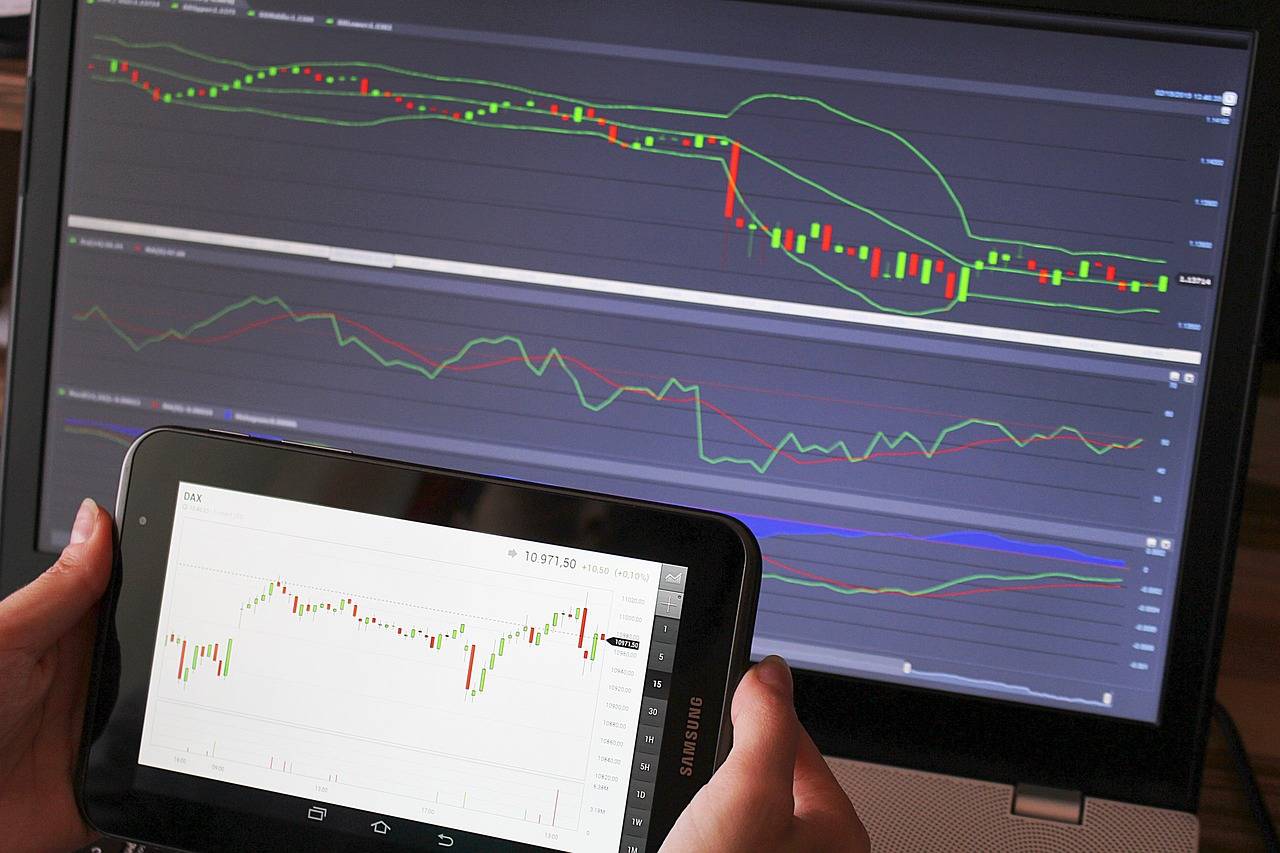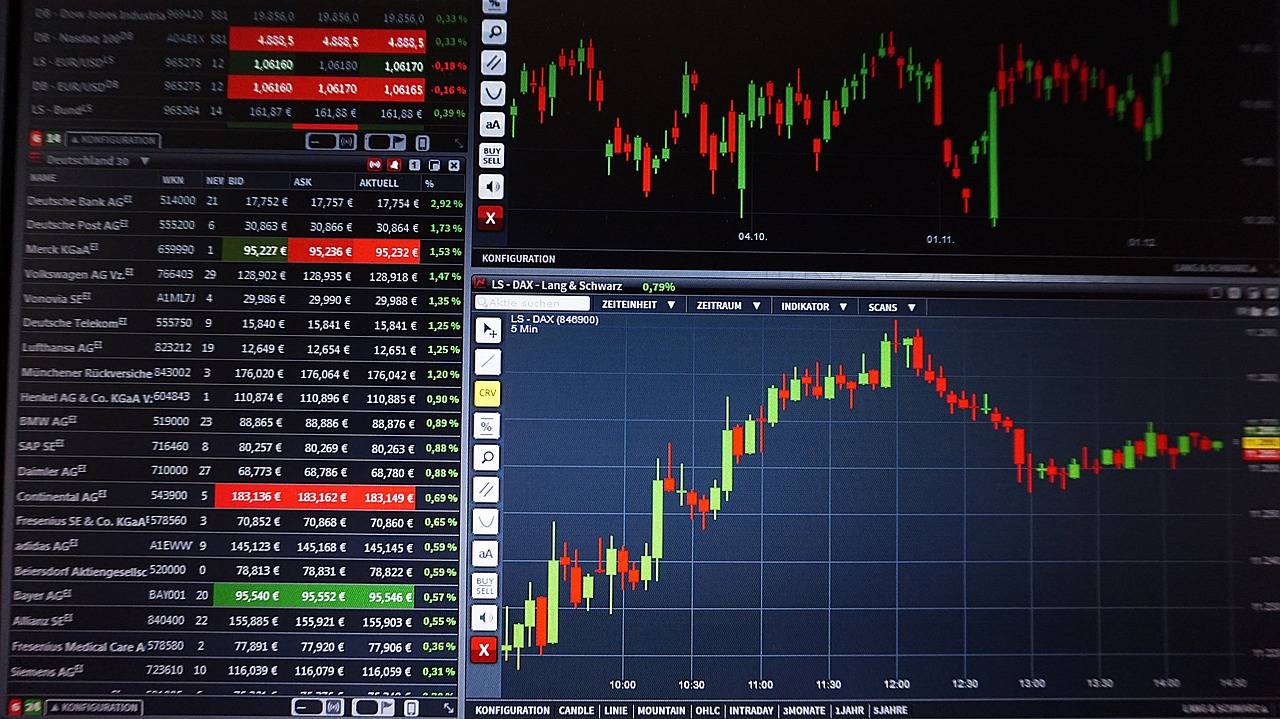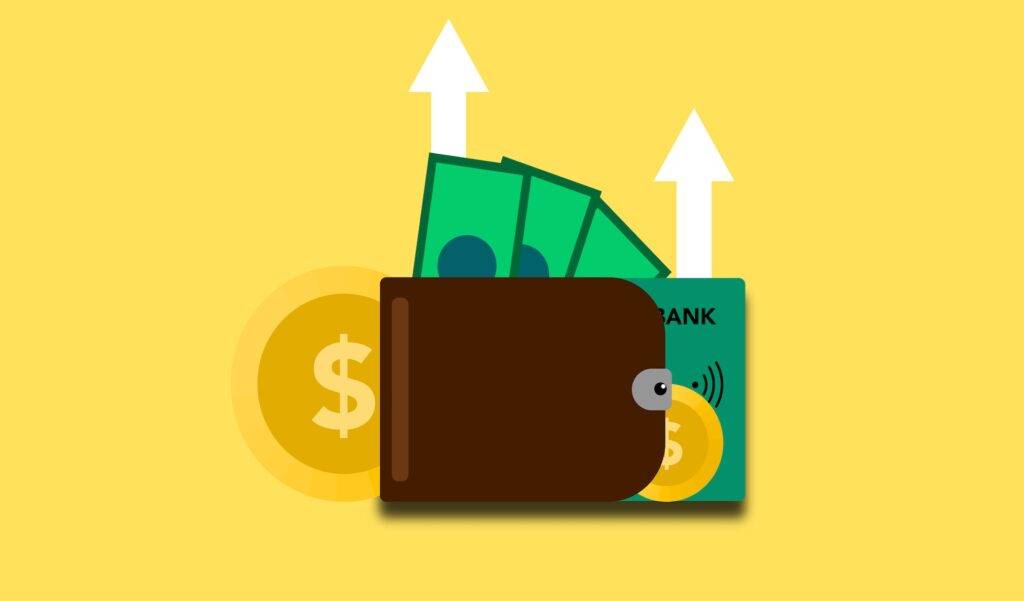Welcome to our comprehensive guide on the basics of Forex trading. Whether you're new to the world of Forex or looking to brush up on your knowledge, this article will provide you with a solid foundation to get started.
Forex trading, also known as foreign exchange trading, is the buying and selling of currencies on the global market. It is a decentralized market that operates 24 hours a day, five days a week, allowing traders to take advantage of fluctuations in exchange rates to make profits.
To embark on your Forex trading journey, it's crucial to understand the essential concepts and terminology that surround this dynamic market. From currency pairs and pip values to leverage and margin, we'll cover all the fundamentals you need to know.
By familiarizing yourself with the basics, you'll gain the confidence to navigate the Forex market and make informed trading decisions. So, let's dive in and discover the key elements that will set you on the path to success in Forex trading.
Key Takeaways:
- Forex trading is the buying and selling of currencies on the global market.
- Understanding key concepts and terminology is essential for successful Forex trading.
- The Forex market operates 24 hours a day, five days a week.
- Fluctuations in exchange rates provide opportunities for traders to make profits.
- Building a strong foundation in the basics of Forex trading is crucial for long-term success.
Understanding Forex Trading: A Beginner’s Guide
Welcome to the world of Forex trading, where you have the opportunity to participate in the largest financial market globally. Whether you are completely new to trading or have some experience in other markets, this beginner's guide will provide you with valuable insights on how to trade forex, essential tips, and a solid understanding of forex trading.

Getting Started with Forex Trading
If you're new to forex trading, the first step is to choose a reputable forex broker. Take the time to research and compare different brokers to find one that suits your needs. Once you've selected a broker, you'll need to open a trading account and fund it with the necessary capital.
After setting up your trading account, it's essential to educate yourself about forex trading. Learn about the different currency pairs, market trends, technical and fundamental analysis, and risk management techniques. This knowledge will help you make informed trading decisions.
Forex Trading Tips for Beginners
- Start with a demo account: Practice trading with a demo account before risking real money. This allows you to familiarize yourself with the trading platform and test different strategies.
- Set realistic goals: Set achievable goals and develop a trading plan that aligns with your risk tolerance and financial objectives.
- Manage risk: Use proper risk management techniques, such as setting stop-loss orders and position sizing, to protect your capital.
- Stay informed: Keep up to date with economic news and events that can impact currency markets. Economic indicators, central bank announcements, and geopolitical developments can significantly influence forex prices.
- Practice patience and discipline: Avoid impulsive trading decisions and stick to your trading plan regardless of emotions or market fluctuations.
Essential Forex Terms
Understanding key forex terms is crucial for navigating the market. Here are some essential terms every forex trader should know:
| Term | Definition |
|---|---|
| Lot | The standardized trading size in forex. A standard lot is 100,000 units of the base currency. |
| Pip | The smallest price movement in a currency pair. It represents the fourth decimal place in most currency pairs. |
| Spread | The difference between the bid price and the ask price. It is essentially the transaction cost of trading a specific currency pair. |
| Margin | The collateral required to open and maintain a trading position. It allows traders to leverage their capital. |
| Stop-Loss Order | An order placed to automatically close a trade at a predefined price level to limit potential losses. |
By understanding these essential forex terms, you will be better equipped to analyze and interpret market information, execute trades, and manage your risk effectively.

Now that you have a better understanding of forex trading, from getting started to essential tips and terminology, you are ready to embark on your trading journey. Remember, forex trading requires continuous learning, practice, and disciplined execution. Stay committed to improving your skills and stay updated on market trends to make informed trading decisions.
Developing Effective Forex Trading Strategies
In the final section, we will explore various proven Forex trading strategies that can help you maximize your profits and minimize risks. Developing effective strategies is crucial for successful trading in the Forex market.
Technical Analysis
One approach to Forex trading strategies is technical analysis. It involves studying historical price patterns, analyzing market trends, and using various indicators to make informed trading decisions. Technical analysis helps traders identify entry and exit points, support and resistance levels, and potential market reversals.
Fundamental Analysis
Another approach to Forex trading strategies is fundamental analysis. This method focuses on analyzing economic indicators, such as GDP, interest rates, employment data, and geopolitical events that can impact currency values. By understanding the underlying fundamentals, traders can anticipate market movements and make strategic trading decisions.
Combining Technical and Fundamental Analysis
To create robust Forex trading strategies, many traders combine both technical and fundamental analysis. This approach provides a comprehensive view of the market, considering both the immediate market conditions and the broader economic factors that influence currency prices. By integrating these two types of analysis, traders can make well-informed and strategic trading decisions.
Backtesting and Demo Trading
Before implementing any Forex trading strategy, it's important to backtest and practice with demo accounts. Backtesting allows traders to assess the performance of a strategy using historical data, while demo trading provides a risk-free environment to practice trading strategies in real-time. These tools help refine and optimize trading strategies before risking real capital.
Risk Management
Effective Forex trading strategies also include proper risk management. Traders should set realistic profit targets and stop-loss levels to protect their capital. Implementing risk management techniques, such as position sizing and diversification, can help minimize losses and maximize long-term profitability.

| Trading Strategy | Key Features | Advantages |
|---|---|---|
| Breakout Strategy | Identifying price levels where prices break out of a range | Potential for significant price movements and high-profit opportunities |
| Trend Following Strategy | Identifying and following established trends | Higher probability of success as trends typically persist for a significant period |
| Range Trading Strategy | Buying near support and selling near resistance levels | Profit potential in sideways markets where prices tend to range |
| News Trading Strategy | Trading based on the impact of economic news and events | Opportunity to profit from significant price volatility during economic releases |
Conclusion
In conclusion, developing a strong foundation in the basics of Forex trading is crucial for achieving success in the market. By mastering essential concepts such as currency pairs, leverage, and margin, you can gain a comprehensive understanding of how the Forex market works.
Furthermore, applying effective trading strategies is key to navigating the complexities of Forex trading. Whether you prefer technical analysis, fundamental analysis, or a combination of both, having a well-defined strategy can help you make informed trading decisions and increase your chances of profitability.
However, it's important to remember that Forex trading is an ongoing learning process. As the market evolves and new trends emerge, it's essential to continually educate yourself and stay updated on market news and developments. By staying informed, you can adapt your strategies and take advantage of new opportunities that arise.
Last but not least, practicing prudent risk management is essential for long-term success in Forex trading. Set realistic goals, diversify your portfolio, and always use proper risk management techniques such as setting stop-loss orders and managing your leverage wisely. By prioritizing risk management, you can protect your capital and mitigate potential losses.



